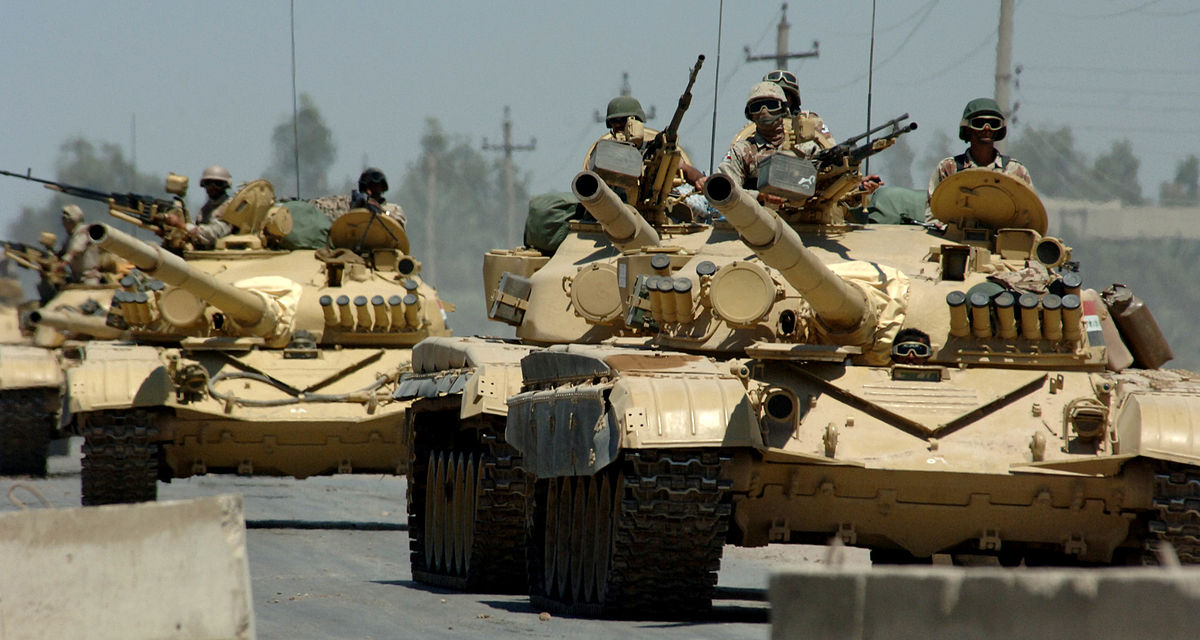
Iraqi invasion of Kuwait & Gulf War
KuwaitThe Gulf War, a conflict between Iraq and a 42-nation coalition led by the United States, unfolded in two main phases: Operation Desert Shield and Operation Desert Storm. Operation Desert Shield began in August 1990 as a military buildup and transitioned to Operation Desert Storm with an aerial bombing campaign on 17 January 1991. The war culminated in the Liberation of Kuwait on 28 February 1991.
Iraq's invasion of Kuwait on 2 August 1990, resulting in its complete occupation within two days, initiated the conflict. Iraq initially established a puppet government, the "Republic of Kuwait," before annexing Kuwait. The annexation divided Kuwait into two parts: the "Saddamiyat al-Mitla' District" and the "Kuwait Governorate." The invasion was primarily driven by Iraq's economic struggles, particularly its inability to repay a $14 billion debt to Kuwait from the Iran–Iraq War. Kuwait's increased oil production, exceeding OPEC quotas, further strained Iraq's economy by lowering global oil prices. Iraq viewed Kuwait's actions as economic warfare, precipitating the invasion.
The international community, including the United Nations Security Council (UNSC), condemned Iraq's actions. UNSC Resolutions 660 and 661 imposed economic sanctions against Iraq. The U.S., under President George H. W. Bush, and the U.K., under Prime Minister Margaret Thatcher, deployed troops to Saudi Arabia, urging other countries to do the same. This led to the formation of a large military coalition, the largest since World War II, with significant contributions from the U.S., Saudi Arabia, the U.K., and Egypt. Saudi Arabia and the Kuwaiti government-in-exile funded a substantial portion of the coalition's costs.
UNSC Resolution 678, passed on 29 November 1990, gave Iraq a deadline until 15 January 1991 to withdraw from Kuwait, authorizing "all necessary means" post-deadline to force Iraq out. The coalition began an aerial and naval bombardment on 17 January 1991, which continued for five weeks. During this period, Iraq launched missile attacks on Israel, hoping to provoke an Israeli response that would fracture the coalition. However, Israel did not retaliate, and the coalition remained intact. Iraq also targeted coalition forces in Saudi Arabia with limited success.
On 24 February 1991, the coalition initiated a major ground assault into Kuwait, quickly liberating it and advancing into Iraqi territory. A ceasefire was declared a hundred hours after the ground offensive began. The Gulf War was notable for its live news broadcasts from the front lines, notably by CNN, earning it the nickname "Video Game War" due to the broadcasted images from cameras on American bombers. The war included some of the largest tank battles in American military history.
